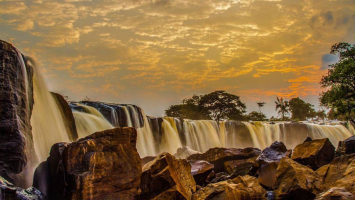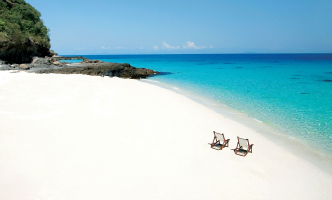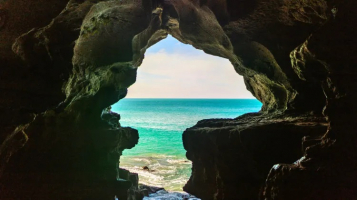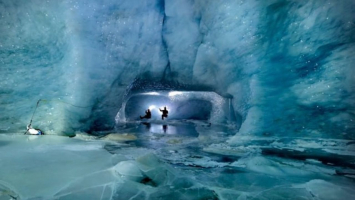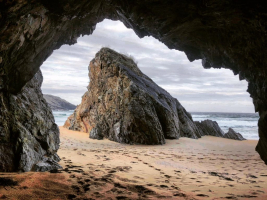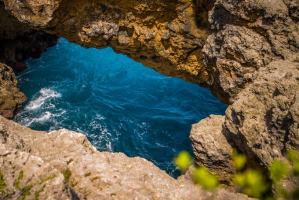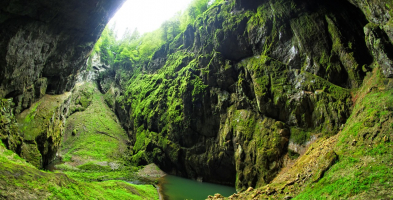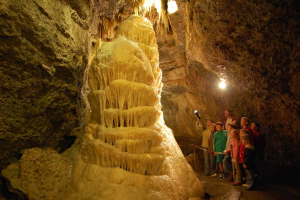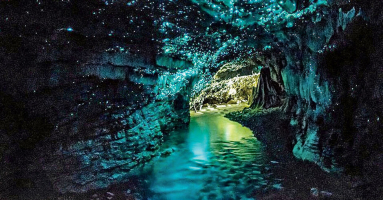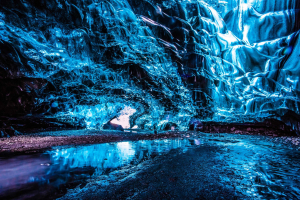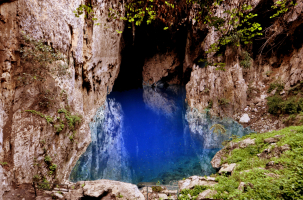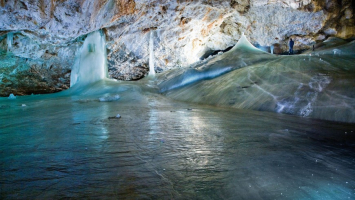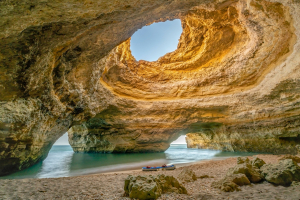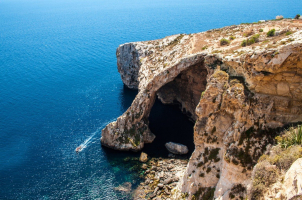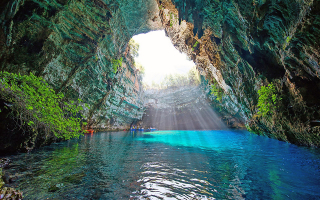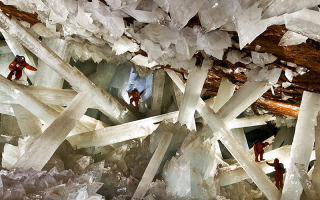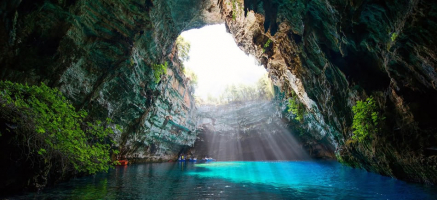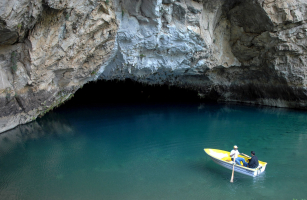Top 7 Most Beautiful Caves In Kenya
Exploring Kenya's caves is a fascinating activity for both locals and visitors. The intense sensation of being trapped in small, dark spaces with erratic bat ... read more...movements is a unique experience found in all of Kenya's caves. Let’s Toplist help you have more useful information by providing you with the list of the most beautiful caves in Kenya!
-
The Fikirini Sister Caves is the first name on the list of the most beautiful caves in Kenya. Tswaka village is a significant location in the Digo people's history in Kenya's coastal region. Three sister caves in the village are famous for their role in the ancient slave trade. The locals used these caves as hideouts, shrines, meal locations, and water sources. They are 15 kilometers from the Kenana-Shimoni junction in the village. Furthermore, the caves contain a variety of cultural artifacts that depict the Digo culture.
The largest of the Fikirini Sister Caves is Mdenyenye. It was a well-known hideout for locals fleeing slave traders. A wooden staircase runs the length of the cave, connecting one end to the other. The second cave, Kisimani, is a critical water source with an all-year-round freshwater well where animals come to drink. This incredible cave is home to bats, monkeys, and baboons. Angle-faced bats, Egyptian fruit bats, tomb bats, common batwing, and long-fingered bats are among the seven bat species found in the Kisimani cave. The final cave, Pangani, has been designated as a sacred site. Because it had several chambers, it was used as a place to eat and rest. A six-kilometer tunnel connects this cave to Shimoni. The tunnel played a crucial role in the slave traders' escape. Fikirini's Digo people run a community-based organization that oversees tourist activities at Kenya's three sister caves.
Location: Tswaka Village, Fikirini, Kenya
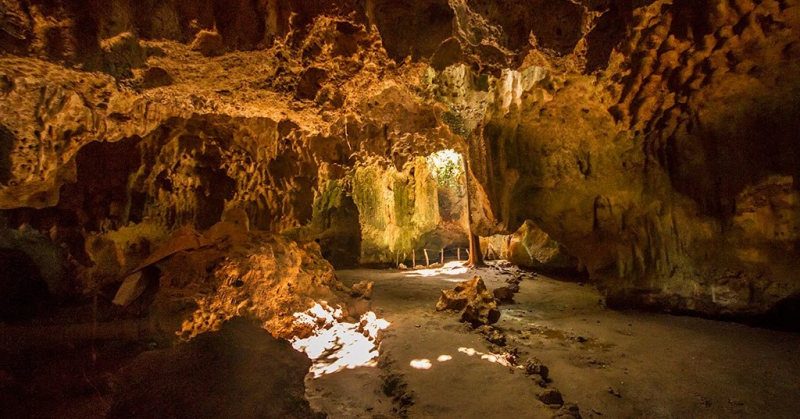
The Fikirini Sister Caves. Photo: kwaleyetu.blogspot.com 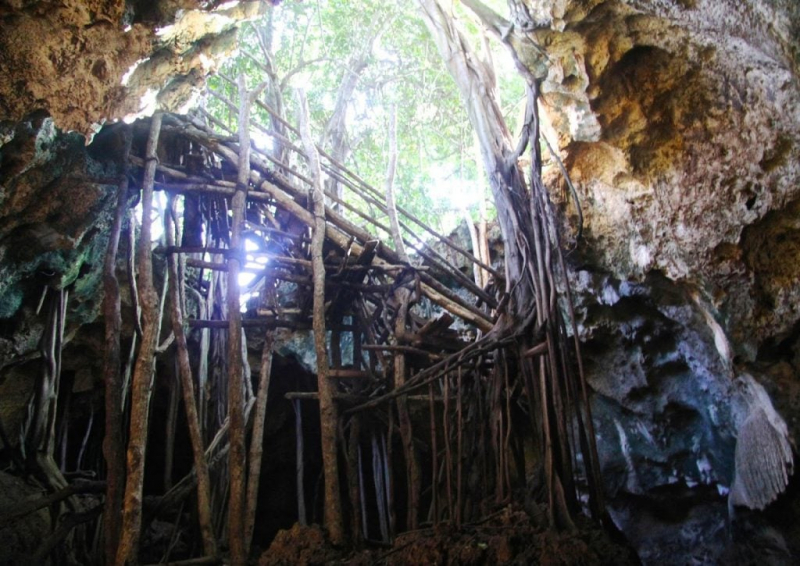
The Fikirini Sister Caves. Photo: facebook.com -
Mount Elgon National Park, in Trans-Nzoia County, is a large free-range animal reserve. Elephants, buffaloes, dik-diks, hyenas, bushbucks, monkeys, and birds can all be found in the park. Kitum Cave is a large cave in the national park where animals come to lick salt. In addition, the sodium-rich cave is 200 meters long, and the cave's rocks are volcanic in origin. Elephants break pieces of the salt-rich rocks on the walls and eat them to supplement their diets, mostly in the evenings.
If you plan on visiting, it is a good idea to bring a flashlight to help you navigate the cave. Kitum Cave is significant because it played a key role in the discovery of the Marburg virus in 1980 when a French tourist died of the virus after touring the cave. Charles Monet, a Danish lad, contracted the virus in 1987 and infected Shem Musoke, a doctor. The United States Army Medical Research Institute of Infectious Disease documented the two virus strains and funded extensive research. In 1994, Richard Preston published a book. It depicts the evolution of the cave in relation to the Marburg virus. The inhalation of powdered fruit bat guano is thought to have caused the disease.
Location: Mount Elgon National Park, Kenya
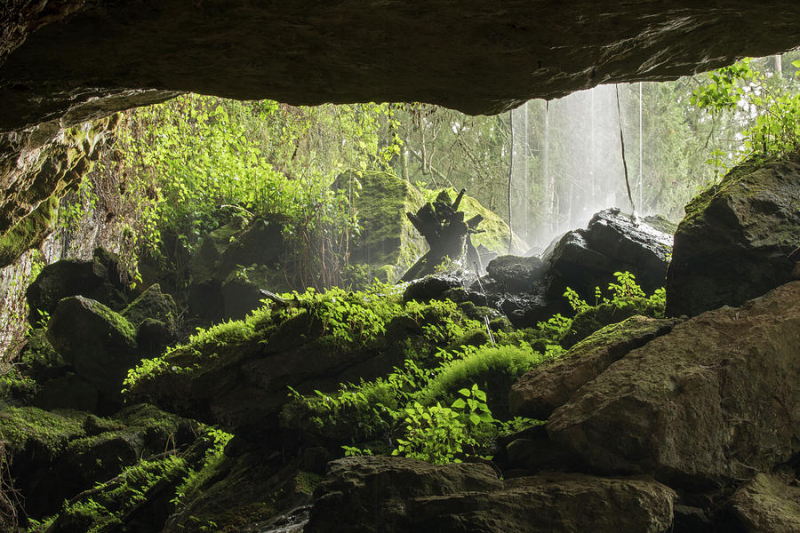
Kitum Cave. Photo: fineartamerica.com 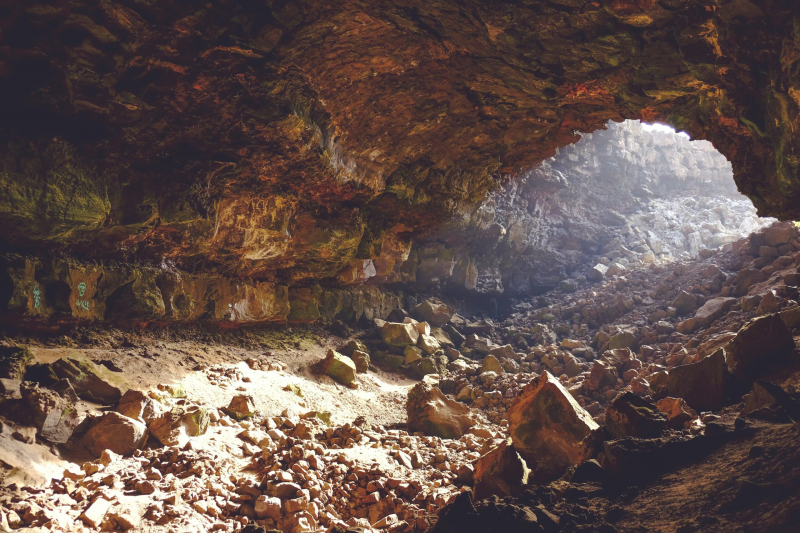
Kitum Cave. Photo: shortform.com -
Chyulu Caves is the next name on the list of the most beautiful caves in Kenya that Toplist has compiled for you. The longest and deepest lava tube in Africa is found in the Nyiri Desert's Chyulu Hills National Park. The following items can be found inside this tube: The Leviathan Cave, Grotte de Leviathan Cave, and Kisula Cave. The longest caves in Kenya are the Chyulu Caves. It was discovered in 1975 and is currently ranked 11th among the world's longest lava tubes.
The cave is divided into two sections. The upper Leviathan has a depth of 408 meters and a length of 9152 meters. The lower Leviathan has a depth of 70 meters and a length of 2071 meters. The cave is formed by an 11.5-kilometer-long lava tube. The seismic volcanic movements indicate that the area is still a potential volcanic site. Tourists can enjoy the various colors on the cave walls and features on the cave roofs, as well as bats in the cave's darker areas.
Location: Taita Taveta, Kenya
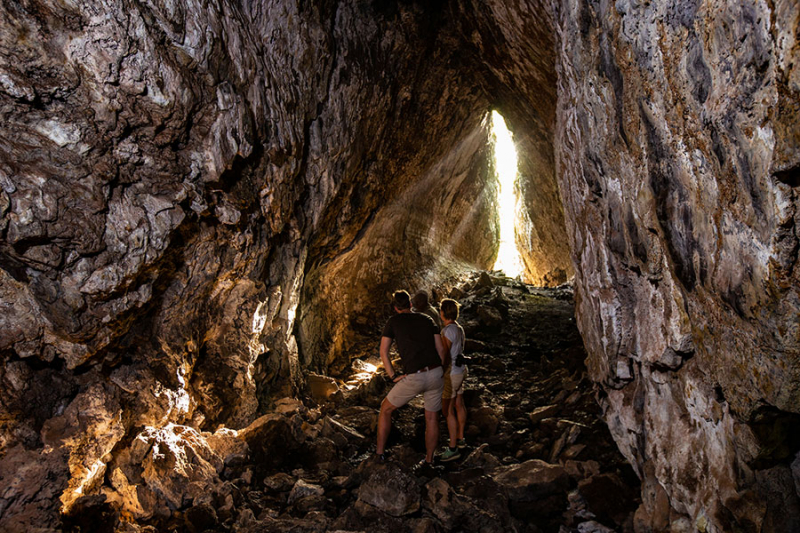
Chyulu Caves. Photo: africaendeavours.com 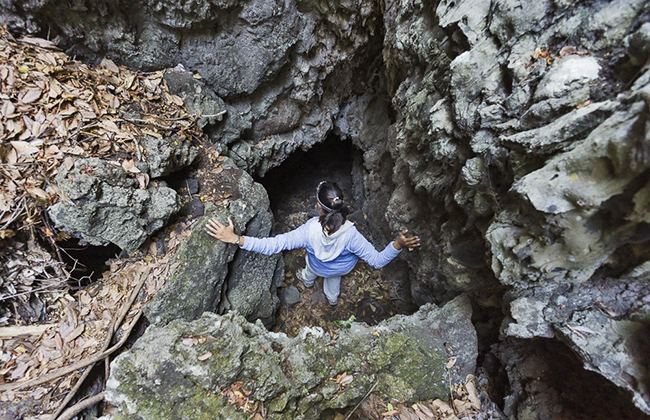
Chyulu Caves. Photo: ahnasa.com -
Mau-Mau Cave is the fourth name on the list of the most beautiful caves in Kenya that Toplist would like to introduce to you. The Mau Mau Cave, located in Mount Kenya National Park, 199 kilometers north of Nairobi, Kenya's capital city, is a historically significant site in Nanyuki. The Mau Mau freedom fighters discovered it in 1953 and used it as a hideout during the British colonial government's war against them. In other words, during the emergency period from 1952 to 1960, before Kenya became an independent country, the epic caves were used as storage and hideout zones for Mau freedom fighters.
The cave is in the same state as when the freedom fighters used it during the struggle for independence. It is about 18 kilometers south of the equator, inside the sprawling Mount Kenya National Park. The caves now have a variety of attractions, including an indigenous forest with Columbus monkeys and diverse birdlife.
Location: Nanyuki, Kenya
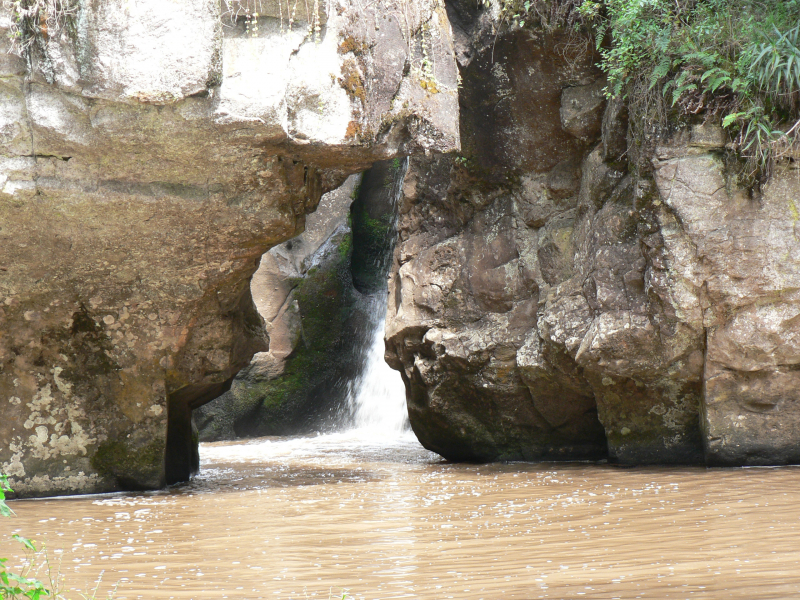
Mau-Mau Cave. Photo: en.wikipedia.org 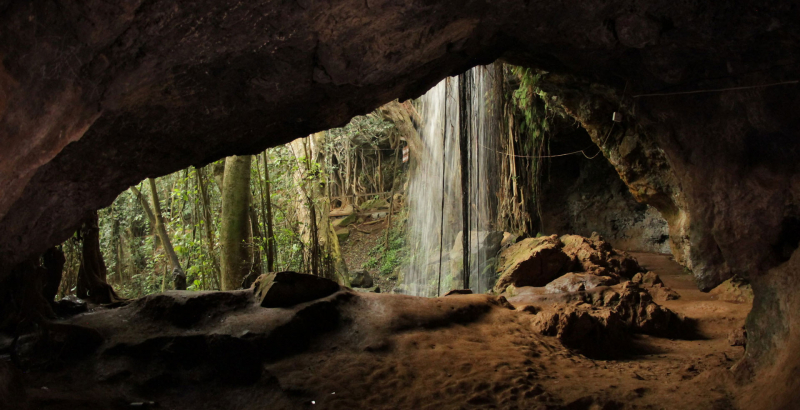
Mau-Mau Cave. Photo: tranquilkilimanjaro.com -
The next name on the list of Kenya’s most beautiful caves is Njoro River Cave. The Njoro River Cave is located in the Mau escarpment and is an archaeological site on Kenya's Mau Escarpment that was discovered by Mary and her husband, Louis Leakey, in 1938. The cave yielded numerous ancient artifacts such as beads, pottery, and tools as a significant excavation site. Excavations revealed a mass cremation site built by Elmenteitan pastoralists around 3350-3050 BP during the Pastoral Neolithic. Pottery, beads, stone bowls, basketwork, pestles, and flakes were also discovered during the excavations.
The cave was a pioneering site for radiocarbon dating in Eastern Africa in the 1950s. In fact, radiocarbon dating was first used in East Africa at the Njoro River Cave. Despite the fact that the Leakeys only made one observation in 1950, more tests were carried out in the 1980s. The results of four total radiocarbon dates point to a time period between 3350 and 3050 BP.
Location: Mau Escarpment, Kenya
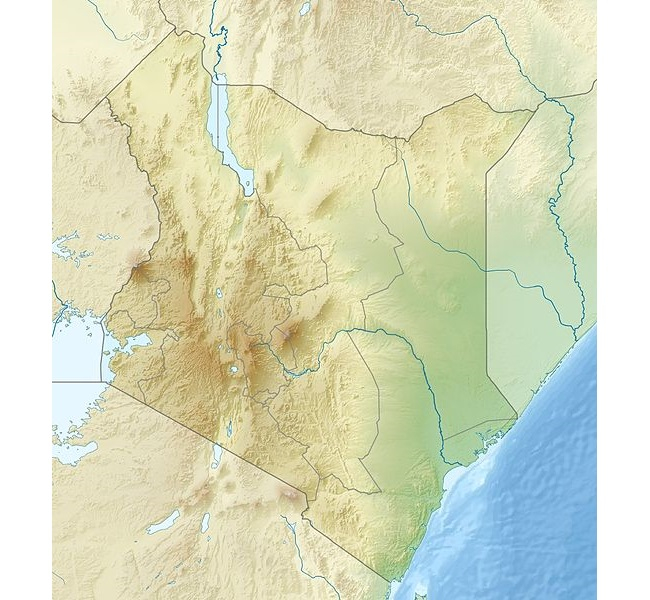
Njoro River Cave. Photo: en.wikipedia.org 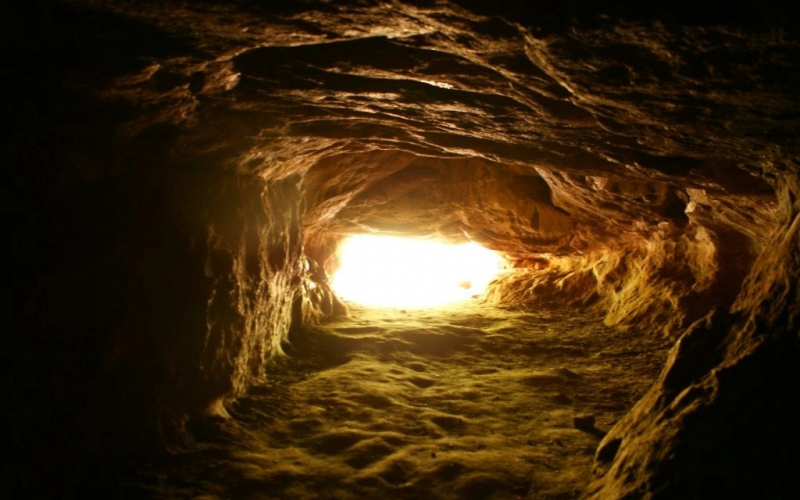
Njoro River Cave. Photo: attenvo.com -
Paradise Lost Caves is the next name on the list today. Joseph Mbai discovered the Paradise Lost Caves System in Misarara, Kiambu County, in 1996. Human remains dating back 8000 - 12000 years, as well as obsidian artifacts from the Later Stone Age, were discovered by a National Museums of Kenya expedition. Even though it is not as large as those found in certain cave systems in the United States and Mexico, the caves have the largest underground lake ever discovered.
The caves have electric lighting for tours that pass through, but they can be difficult to navigate at times due to the caves becoming very narrow. Because it contains obsidian artifacts from an ancient civilization, the cave is a historical tourist attraction. Paradise Lost Caves is made up of a number of chambers. The cave's walls are covered in crystals, stalactites, and stalagmites, as well as fossilized fish from millions of years ago.
Location: Misarara, Kiambu County, Kenya
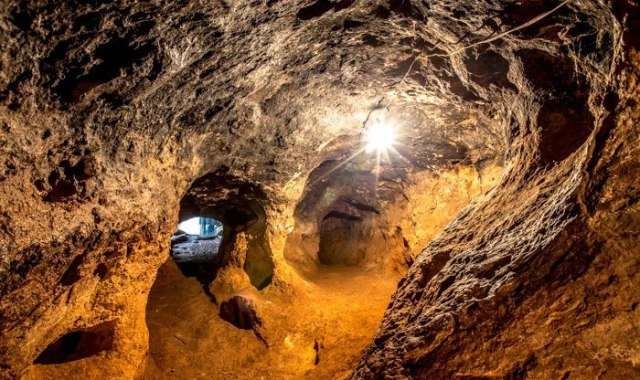
Paradise Lost Caves. Photo: africashujaa.com 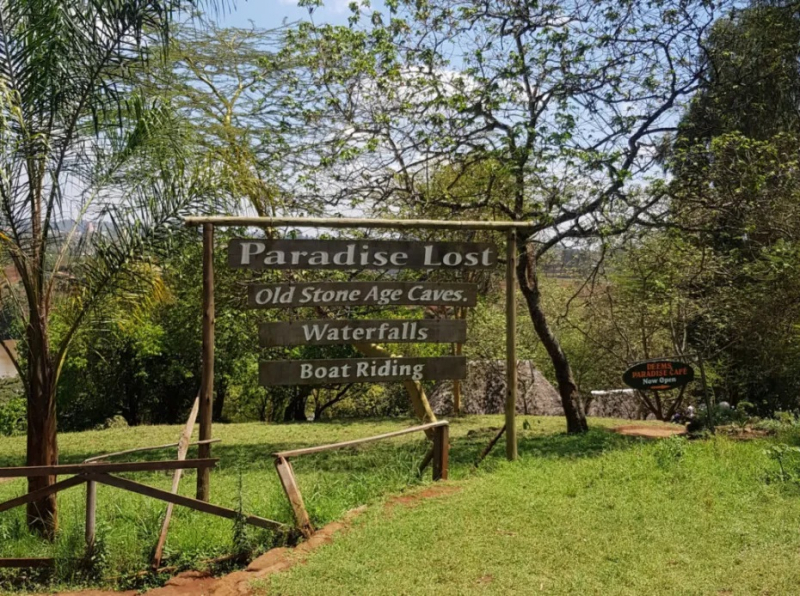
Paradise Lost Caves. Photo: travelwithapen.com -
Suswa Caves is the seventh name on the list of the most beautiful caves in Kenya that Toplist has compiled for you. Few people are aware of The Suswa Caves are located on Mount Suswa in Narok County, and driving from Nairobi will take you 120 kilometers. The Suswa Caves are beautiful caves formed by volcanic activity and preserved by the Maasai people who have settled in the area.
There are numerous entrances to the caves, which most likely tunnel across the mountain. These caves are worth visiting because they provide a more in-depth look into the Maasai culture. These caves are also beautifully decorated with Maasai art. In addition, the caves are also home to a large number of bats and baboons. Every night, bat flocks migrate to go hunting, while baboons settle in at the same time. The baboon troop is known as the 'Baboon Parliament' because locals swear they see the leader standing on a higher rock every morning as if to address the rest of the troop.
Location: Mount Suswa, Narok County, Kenya
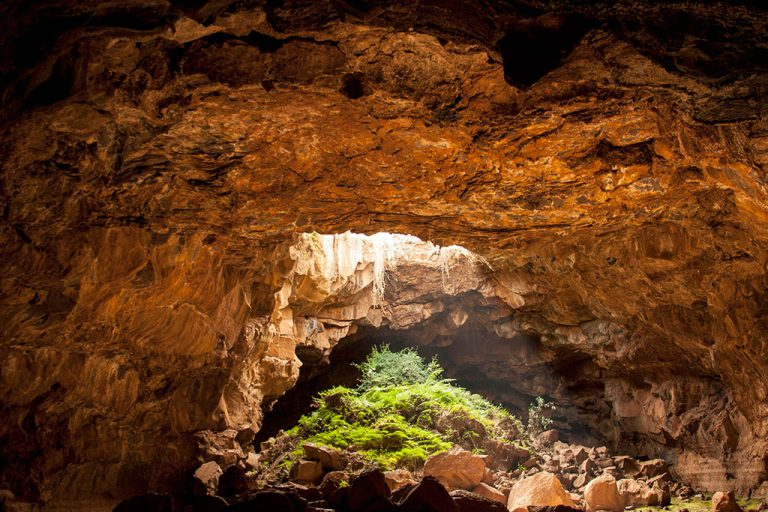
Suswa Caves. Photo: sunriseafricasafaris.com 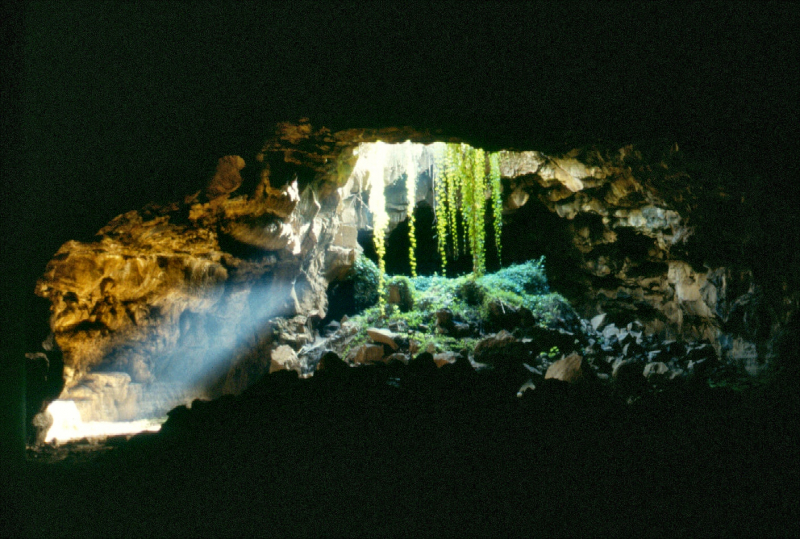
Suswa Caves. Photo: bushsnob.com









